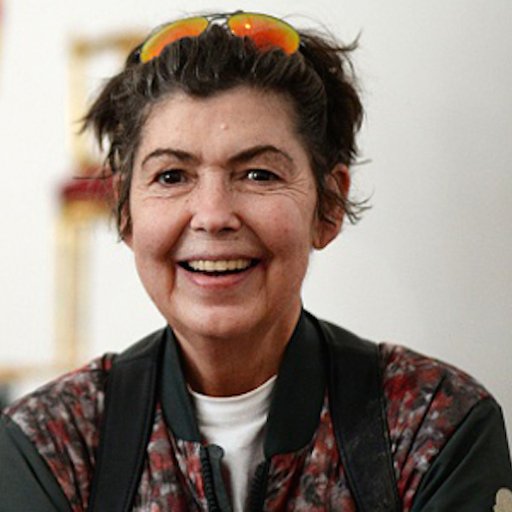Markus Lüpertz
You are following
Follow
Markus Lüpertz is a German sculptor, painter, and writer whose expressive and idiosyncratic artistic style is not without both its detractors and champions. Born in 1941 in what is now the Czech Republic, Lüpertz moved to Berlin in 1962. Shortly after arriving, he developed his unique style of "dithyrambic painting," a colorful and figurative approach that combined elements of Pop art with romanticist flourishes, placing him in opposition to the abstractionist work that was popular at the time. In the early 1970s Lüpertz began creating still-lifes using motifs from Germany's military history, including soldiers' helmets and military uniforms. Audaciously addressing a taboo subject, the artist’s detractors viewed his work as fascist propaganda, while others lauded him for tackling what had been repressed by German society. This wasn't the last time that the artist's work would be mired in controversy, however, as his later sculptural work, which he began creating in earnest during the early 1980s, often found itself at the center of numerous public debates. Inspired by the both the Cubists and Lewis Carroll's Alice in Wonderland—out of which he drew paroxysmal and diabolical themes—Lüpertz crafted fantastically grotesque bronze sculptures that depicted a range of figures, from historical figures …
Markus Lüpertz is a German sculptor, painter, and writer whose expressive and idiosyncratic artistic style is not without both its detractors and champions. Born in 1941 in what is now the Czech Republic, Lüpertz moved to Berlin in 1962. Shortly after arriving, he developed his unique style of "dithyrambic painting," a colorful and figurative approach that combined elements of Pop art with romanticist flourishes, placing him in opposition to the abstractionist work that was popular at the time. In the early 1970s Lüpertz began creating still-lifes using motifs from Germany's military history, including soldiers' helmets and military uniforms. Audaciously addressing a taboo subject, the artist’s detractors viewed his work as fascist propaganda, while others lauded him for tackling what had been repressed by German society. This wasn't the last time that the artist's work would be mired in controversy, however, as his later sculptural work, which he began creating in earnest during the early 1980s, often found itself at the center of numerous public debates. Inspired by the both the Cubists and Lewis Carroll's Alice in Wonderland—out of which he drew paroxysmal and diabolical themes—Lüpertz crafted fantastically grotesque bronze sculptures that depicted a range of figures, from historical figures to everyday tourists. Though the artist's skillful marriage of raw expressiveness with classical forms had countless promoters, both his 2002 sculpture of Aphrodite in Augsburg and his 2005 sculpture of Mozart in Salzburg were eventually removed due to public protest.
Lüpertz has been exhibiting his work worldwide for over 40 years and has participated in both documenta 6 (1977) and 7 (1982), as well as the first Berlin Biennale in 1974. Lüpertz also served as the director of the distinguished Kunstakademie Düsseldorf for over 20 years.
show more descriptionshow less descriptionLüpertz has been exhibiting his work worldwide for over 40 years and has participated in both documenta 6 (1977) and 7 (1982), as well as the first Berlin Biennale in 1974. Lüpertz also served as the director of the distinguished Kunstakademie Düsseldorf for over 20 years.
Born 1941
Hometown Liberec, Czech Republic
Lives and Works Düsseldorf and Karlsruhe, Germany






